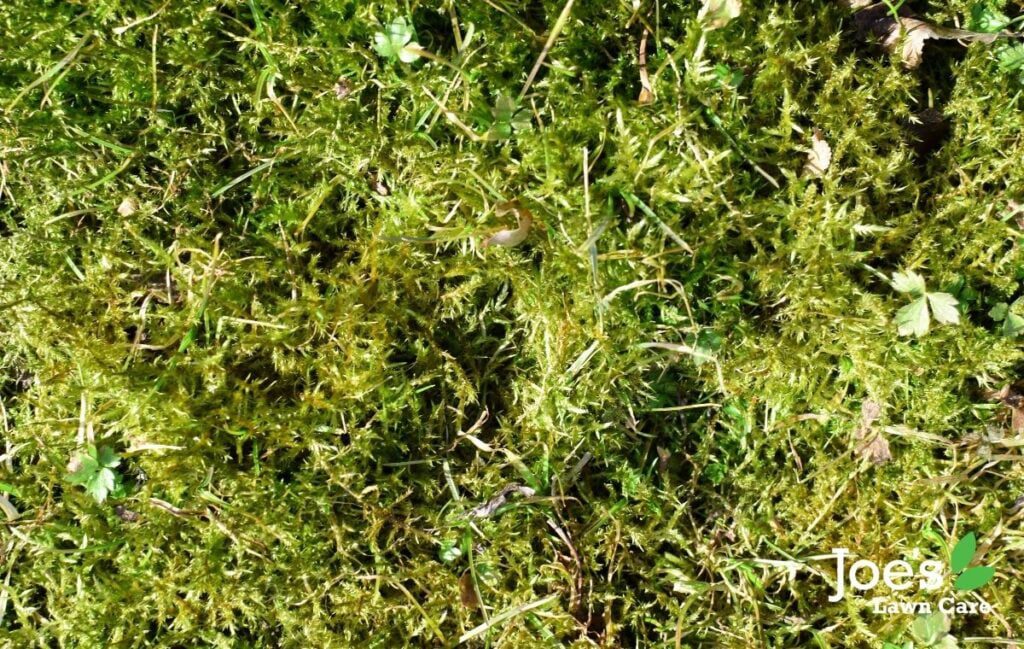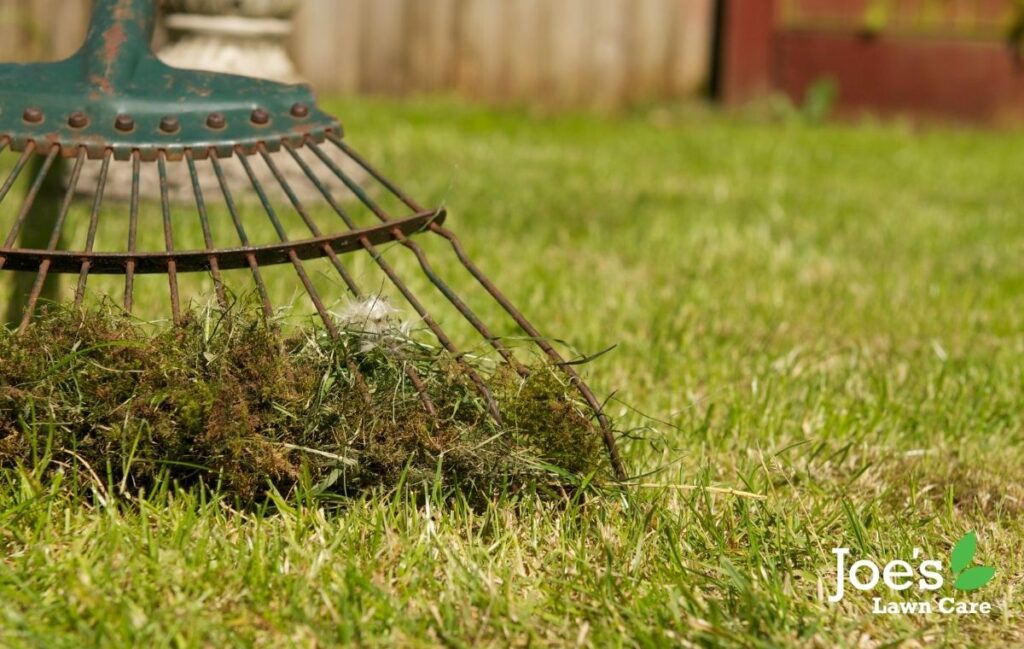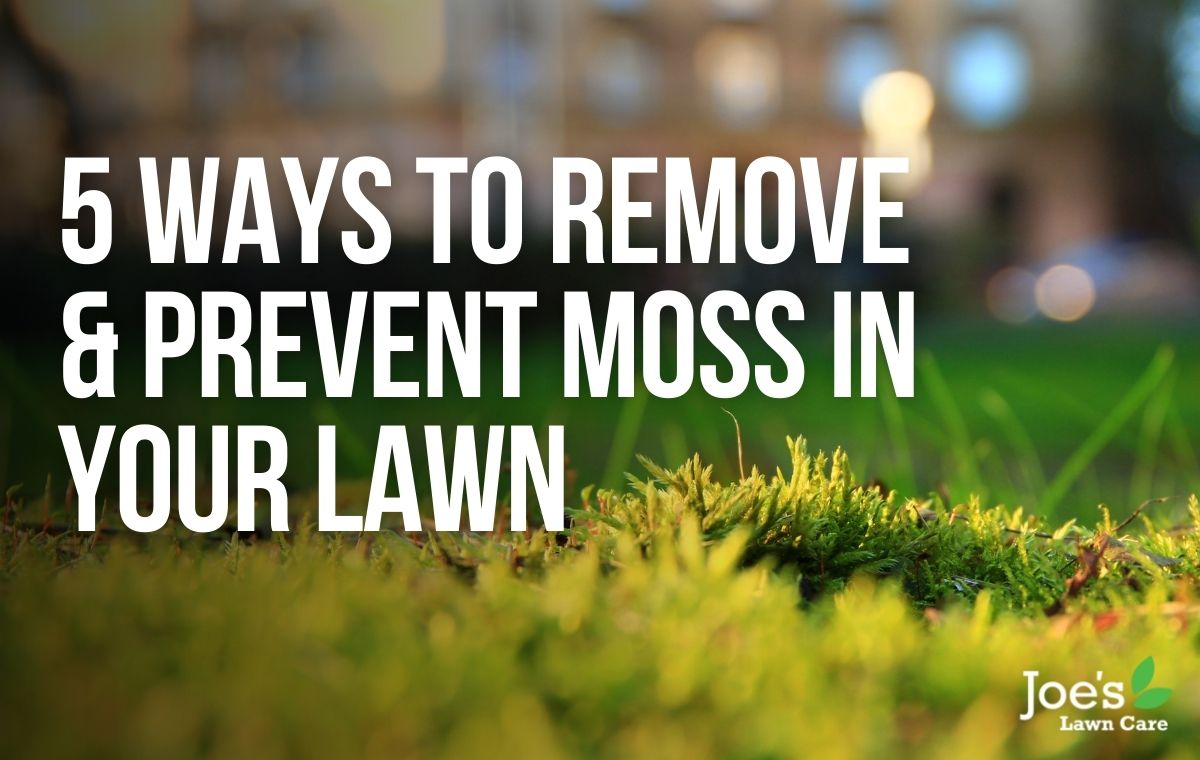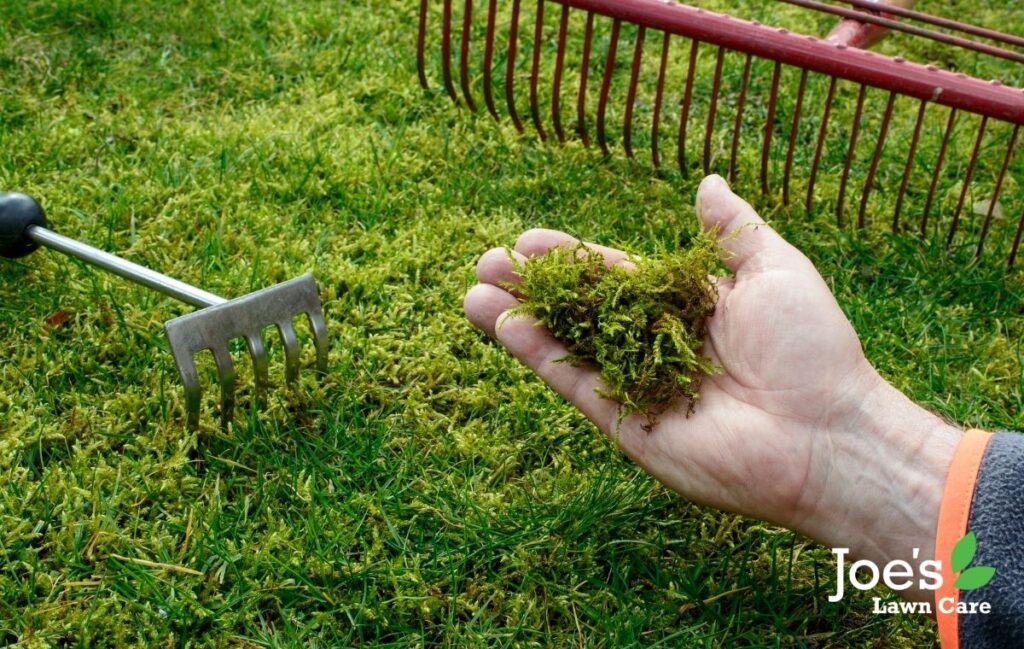5 Ways To Remove & Prevent Moss In Your Lawn
When it comes to common lawn weeds, there is only one winner: moss. That little opportunist somehow manages to get everywhere, plaguing those parts of your lawn that are shady and damp. But there’s a reason for this and it’s all to do with your lawn’s inability to grow in those areas, almost like your turf suffers from so much stage fright it withers away, unable to grow thick and strong.
Luckily for you, moss isn’t as hardy as you might imagine. In fact, this primitive plant produces tiny leaves that are only a single cell thick. But instead of spreading through germinating seeds, moss is able to spread through your lawn via spores. Translation: they don’t respond to the same kind of weed control techniques. What’s more, most species of moss have been loving life for millions of years without having to adapt or change, which proves just how adaptable and determined they are.
But you have a secret weapon: us.
So without further ado, here’s the Joe’s Lawn Care guide to preventing and removing moss from your lawn.

Why You Have A Moss Problem
From having a soil with a low pH level to not having enough nutrients in your soil, having poor drainage in your lawn to having compaction issues, there are a lot of reasons why moss may be spreading across your garden. But that’s the point. Moss grows in conditions that are undesirable to your turf, so your best form of defence is to create conditions where your lawn will thrive all year round.

The Best Time To Get Rid of Moss
Get ready for some good news because moss can be dealt with as soon as it appears, no matter what time of the year it is. What’s more, it’s pretty easy to deal with all the time. That said, fighting moss will be an endless battle. So for a long-lasting solution, your only chance is to improve the cultural conditions of your lawn, whether you do that yourself or call in the professionals, especially during the peak grass growing times of spring and autumn.
5 Ways To Remove Moss From Your Lawn
Rake it out:
The thing about moss is it’s shallow-rooted, which means a quick raking session will be enough to rip it out of the soil. Of course, this requires a bit of effort from you, so to make things easier, we recommend wielding your rake after a bit of rainfall or a deep watering session, when your lawn is still a little moist. If you’re still finding it hard work, though, try raking the moss up from different angles, which will loosen the soil a lot more.
Organic solutions:
We’re big believers in avoiding chemicals where possible and this is one of those times because there are several safe, and effective organic solutions you can whip up at home that will rid your lawn of moss. First up, try mixing dish soap and water (150ml of soap for every 4 litres of water) and then spray it on any moss-heavy areas. Alternatively, try filling a spray bottle with 8 litres of warm water and then mix in a box of baking soda for a solution that will quickly kill off any moss you find in your lawn.
Scarification and aeration:
After you’ve used one of the above methods to remove any surface moss, it’s time to prevent any future moss from running riot across your lawn – starting with your thatch build-up. You see, a thick layer of thatch will prevent water and nutrients draining effectively through your soil.
The issue is the process of dethatching – known as scarification – given how labour intensive it is. That’s why we would always recommend you hire a professional lawn care service to take on this task so that they can deploy a motorised scarifier to do the best and quickest job possible.
After that, your secret weapon is core aeration, which will reduce any soil compaction. This is done by a machine that pulls out deep plugs of soil from your lawn, which not only reduces compaction but also improves your lawn’s drainage and air circulation making your lawn grow strong enough to defend against moss all on its own.
Address your shady areas:
What a lot of lawn owners don’t realise is that removing moss from your grass could be as simple as removing anything that creates excessive shade. Pruning large tree branches, trimming tall hedges and bushes or laying turf that is more tolerable of shade. The point is, most grasses need around six hours of sunlight a day, so make sure you’re doing all you can to make this wish come true.
Improve your drainage:
Moss loves moist, damp conditions. That’s why it’s so important to make sure your soil is draining effectively. This can be done by aerating your lawn annually, as we mentioned above. However, if your drainage problems are because your soil has a high clay content, your best move is to regularly amend the soil, something our lawn care technicians will be able to do after assessing your soil.
Of course, there are other reasons your soil could be compacted, and one of the most common is an excessive amount of foot traffic, something that is best fixed with regular lawn aeration. Alternatively, if the compaction is because of a dense subsoil, you could address the issue by altering the lay of your lawn and encourage any excess water to drain away with the installation of French drain.
Thanks for reading our blog on 5 ways to remove and prevent moss in your lawn. For more lawn care tips and tricks, follow us on Facebook and Instagram.






